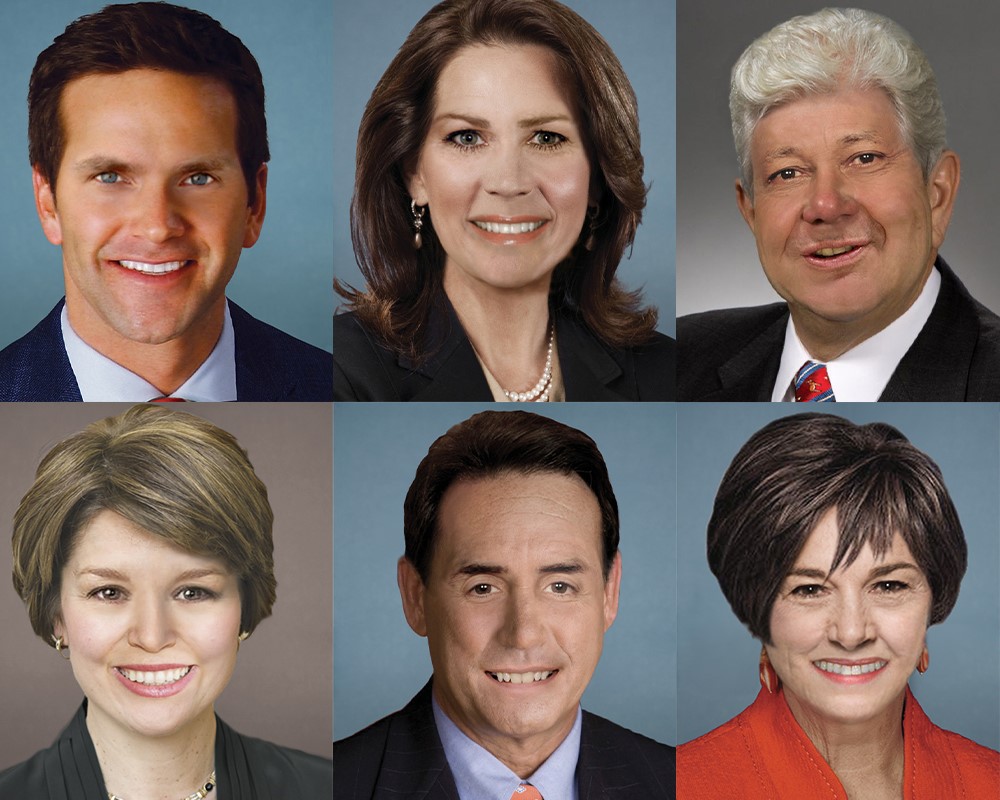
Good-looking candidates take a handy premium to the ballot box, according to new research.
In these times of disillusionment with party politics and preoccupation with beauty, some voters make snap decisions at the polling booth based just on the candidate’s physical appearance.
When it’s a close contest, candidates’ physical appearance can become a strong deciding force in whether a candidate is elected, the study shows.
Provided that elections are competitive, the candidate attractiveness can help to sway election results, the research concludes.
However, good looks become less important when the “less attractive” candidate’s campaigning and policy platform are more impressive than an ideal candidate.
The political scientists at Flinders University and University of Ottawa built their latest case on data from the 2008 US House of Representatives elections.
Based on the six ‘ideal candidates’ compiled by the Victoria Police Criminal Identification Unit in Melbourne, the study found almost all marginal polls would have a different outcome if the unsuccessful candidate had these prescribed good looks and the successful candidate was very unattractive.
Almost two-thirds of marginal races would trigger a different winner if the actual loser looked like the ideal candidate.
After rating the attractiveness of the ideal candidates, and modelled the effect of appearances on voting margins, four hypothetical scenarios were conducted to see whether the candidates’ attractiveness can sway the electoral results in marginal seats.
“While unattractive candidates may have a tougher time getting votes, they can do something positive by counteracting this by ramping up their campaign, and becoming more appealing by informing and educating voters,” says Dr Rodrigo Praino, senior lecturer in politics and public policy at Flinders University.
“Without a concerted effort, voters may be seduced by the physical appearance of a candidate and may end up with a representative who will not do a good job. This simply should not happen, but unfortunately it currently does.”
On the other hand, Dr Praino says voters will get their preferred policies if they take time to get informed and cast their vote based on policy preferences, political programs, or even campaign promises, rather than leave it to chance or simply on a candidate’s appearance.
The article, ‘What Are Good-Looking Candidates, and Can They Sway Election Results?*: Good-Looking Candidates and Electoral Results’, 2018, by Rodrigo Praino and Daniel Stockemer from the University of Ottawa, was published in Social Science Quarterly (doi10.111/ssqu.12540).
*Previously, ‘Blinded by Beauty? Physical Attractiveness and Candidate Selection in the US House of Representatives’ (2015) by D Stockemer and R Praino in the Social Science Quarterly (doi10.111/ssqu.12155).

